Parallette Handstand
The Parallette Handstand takes the free handstand to the next level. Without palms on the floor, the athlete cannot rely on fingers to balance and stabilize them. Instead, wrists and forearms must develop the articulation while the rest of the body, like the core and glutei, must become more stabile.
- Type Of Exercise: Skill
- Muscles: Shoulders, Trapezius, Middle Back, Abdominals
- Difficulty: Moderate
- Equipment: Parallettes
Parallette Handstand
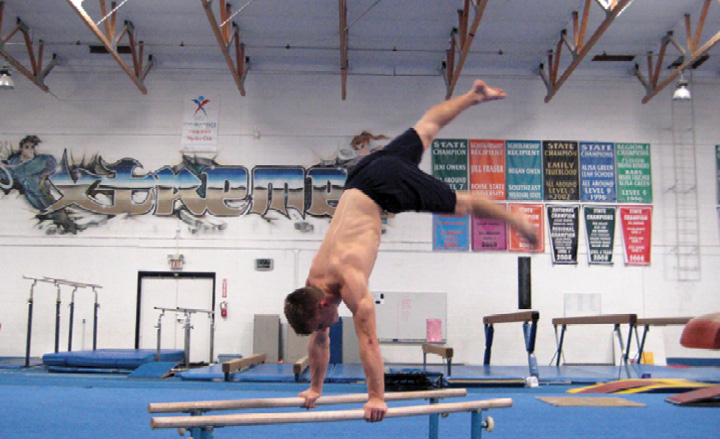
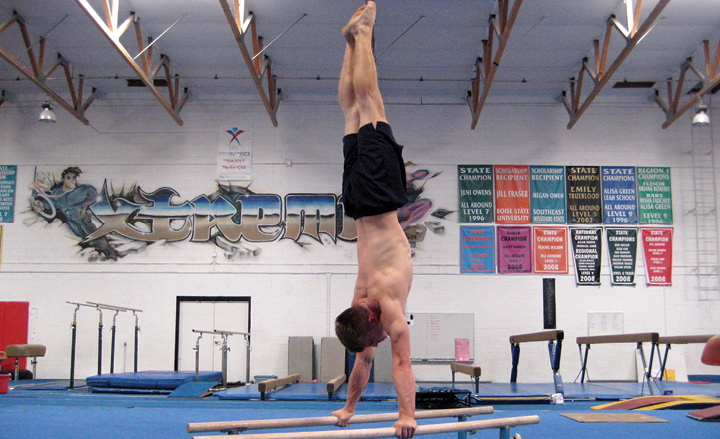
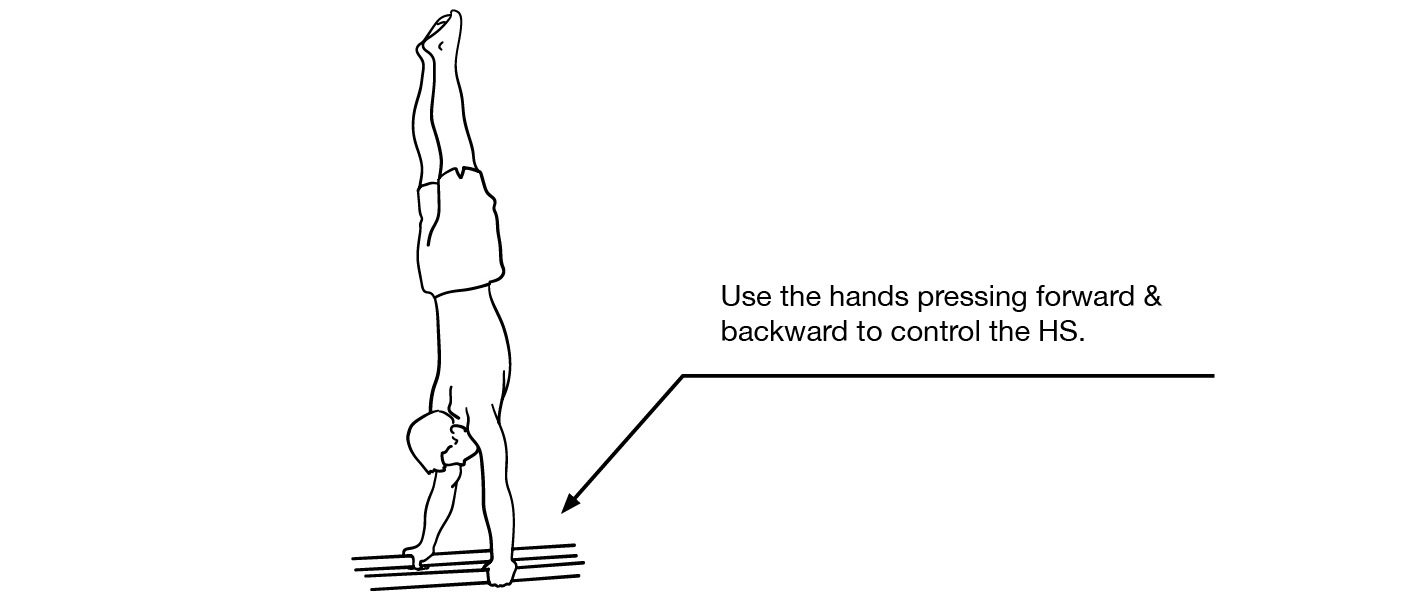
- Begin with your hands on parallettes about shoulder-width apart.
- Keep your shoulders stacked over your wrists, elbows straight, and kick up to handstand with control.
- Your wrists, shoulders, hips, knees, and ankles should all be stacked vertically.
- Maintain a straight body line, with posterior pelvic tilt (PPT), 180-degree shoulder flexion, and complete scapular elevation (shoulder shrug) throughout the static hold.
- Control the handstand by pressing your wrists forward and backward.
- Build up to 10-second static holds.
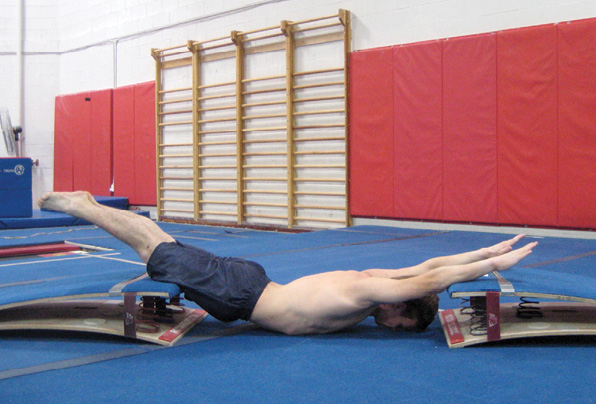
- Exercise: Suspended Arch Hollow Pull
- Type of Exercise: Strength
- Muscles: Shoulders, Trapezius, Middle Back, Abdominals
- Difficulty: Moderate
- Equipment: Other
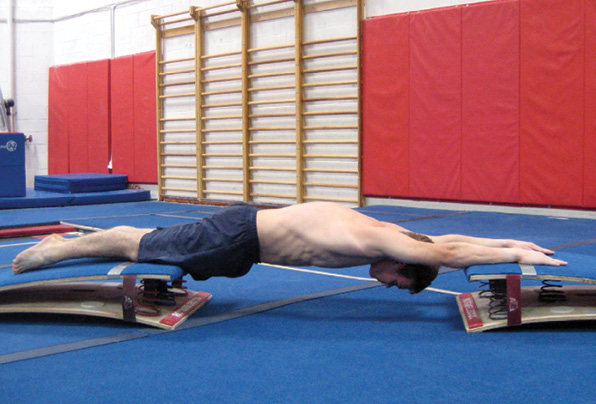
- Exercise: Suspended Long Hollow
- Type of Exercise: Skill
- Muscles: Abdominals
- Difficulty: Moderate
- Equipment: Other

